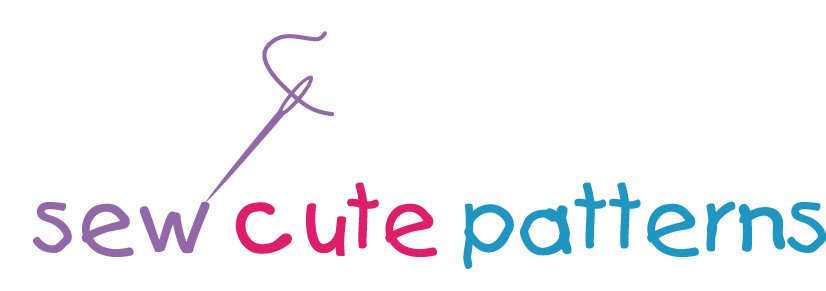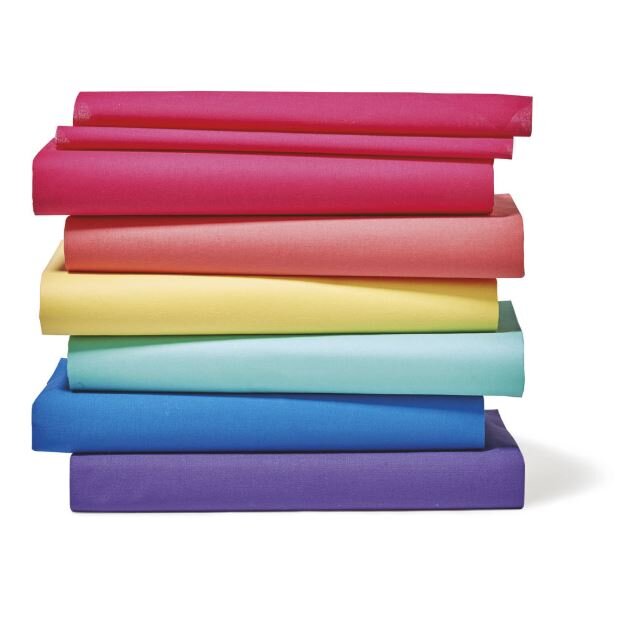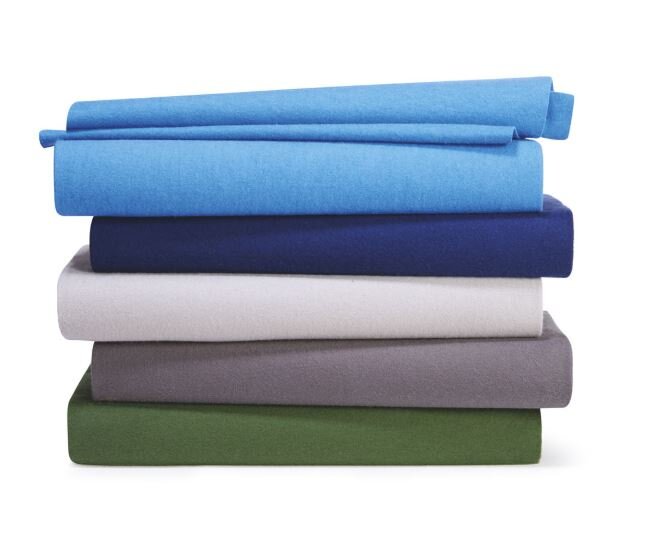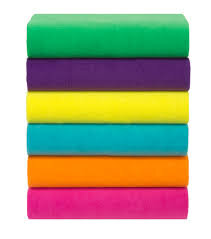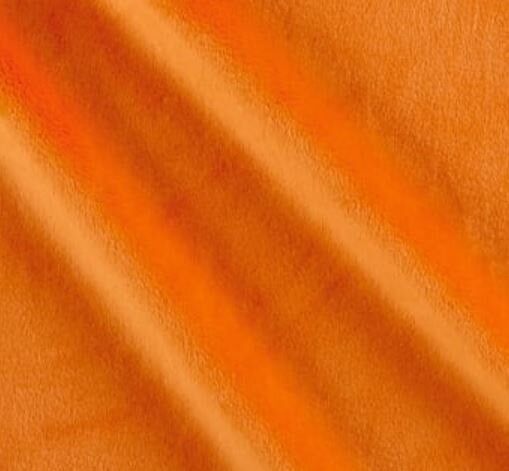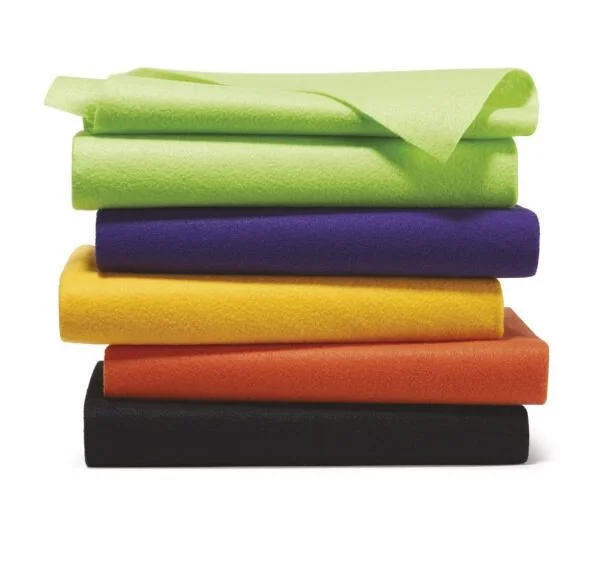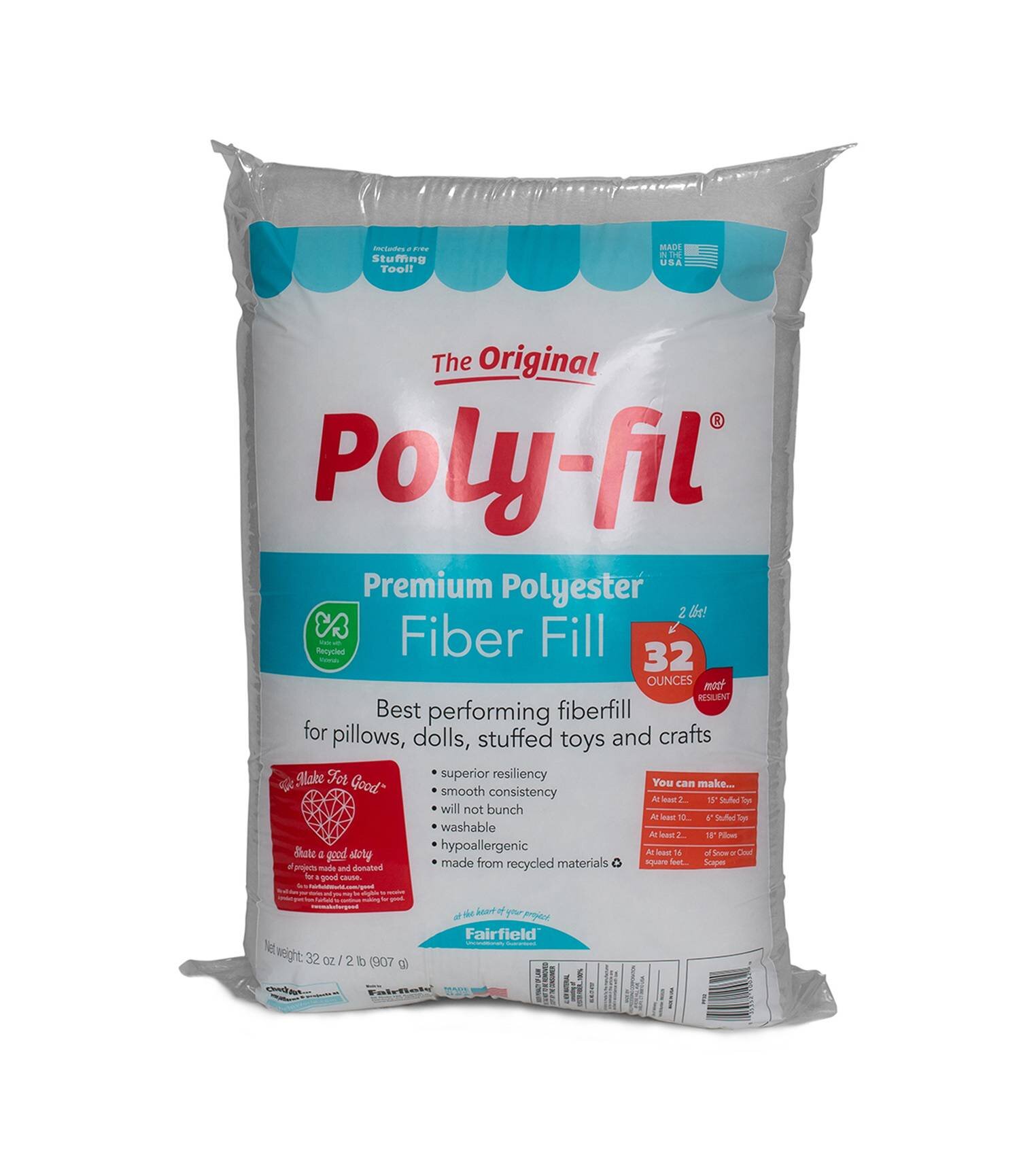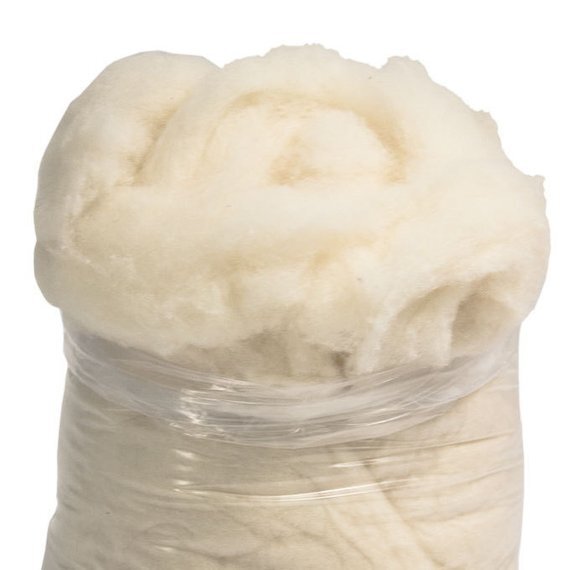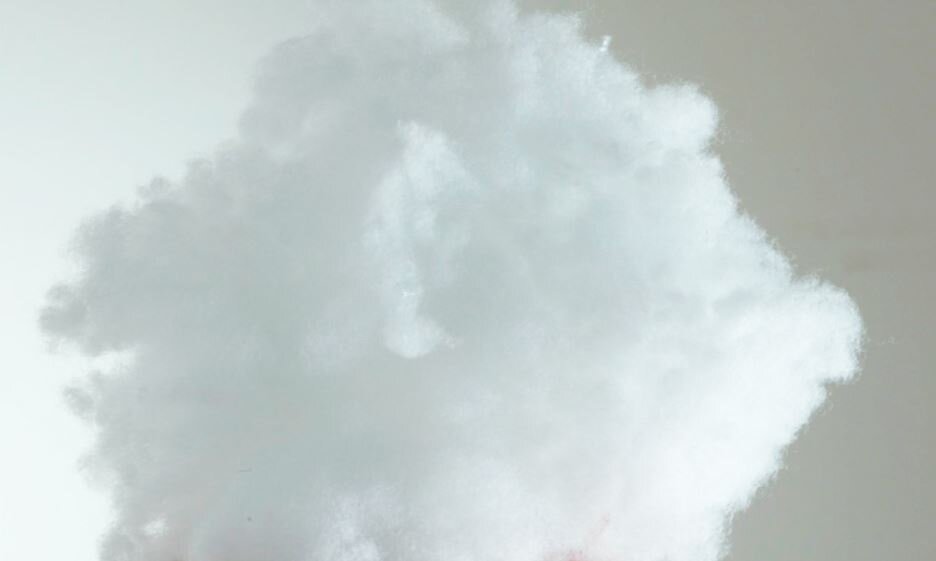First step when sewing toys...choosing the fabric! The best part of sewing your own soft toys is getting to choose the perfect fabric and pattern that fits you or your child’s personality and tastes. Everyone, especially children has a favorite color. Imagine their delight when they receive a custom made toy in their favorite colors made especially for them.
Toys are versatile and can be made from a variety of different fabrics. If you’re trying to choose the best one for your new plushie, here is a list of fabric pros and cons.
Cotton
Pros
Sooth, crisp texture
Available in a large variety of colors and patterns
Easy to sew, great for beginners
Cons
Not as soft and cuddly as other fabric types
Doesn’t stretch
Flannel
Pros
Soft texture, great for toys
Available in a large variety of colors and patterns
Doesn’t stretch
Cons
Weave is not dense, so it frays easily
Pills over time [A pill, colloquially known as a bobble, fuzzball, or lint ball is a small ball of fibers that forms on a piece of cloth. 'Pill' is also a verb for the formation of such balls. Pilling is a surface defect of textiles caused by wear, and is considered unsightly to some.]
Fleece
Pros
Soft, fluffy texture, perfect for toys
Available in a large variety of colors and patterns
Stretchy fabric which can create a rounder shape
Cons
Requires a stretch sewing machine needle
Some varieties can pill over time
Minky
Pros
Very soft, resembles real mink to the touch
Ideal for stuffed animals and baby blankets
Available in a variety of colors and patterns
Stretchy fabric which creates a rounder shape
Cons
Requires a stretch needle
Needs lots of pins as it can shift while you are sewing it
Felt
Pros
Stretches just a little
Wool blends are crisp and make great details like facial features
Has no grain, can be cut in any directions
Edges do not fray
Cons
Not very soft
Not available in a large variety of patterns
Faux Fur
Pros
Available in a large variety of colors and patterns
Minky versions are very soft
Cons
Must cut and sew through back only to avoid wasting fur
Sheds so can be messy to work with
